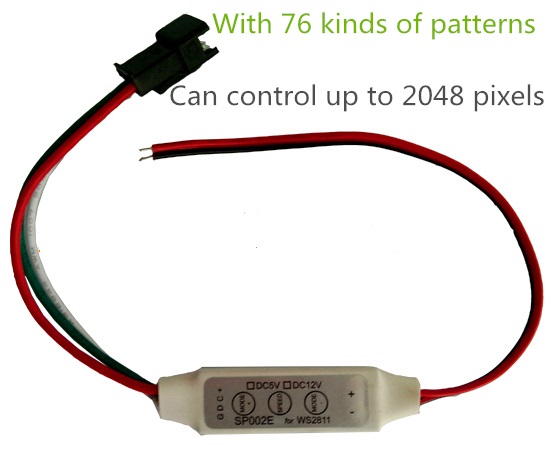Burrington
New elf
- Joined
- Jan 14, 2021
- Messages
- 7
I have RGBW strips under the eaves of my house. For Christmas, etc they display RGBW colours using HinksPix controllers. But most nights I just want to have them lit up white to outline the house. Seems a waste of energy to be running the big HinksPix network when a simple addressable LED controller could do the simple "white" job. Does anyone know of a two input, 3 output SPI switch that I could use to switch between the HinksPix controller and a simple controller? I can easily DIY a 3PDT relay to do it, but thought there might be a clean ready made product to save some work.



